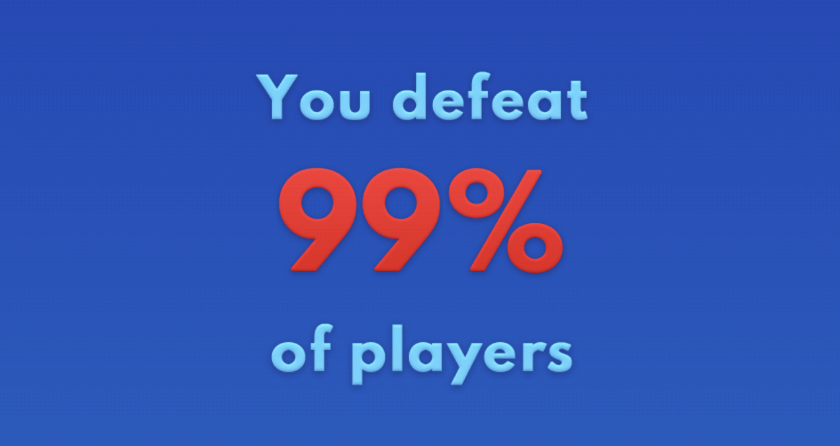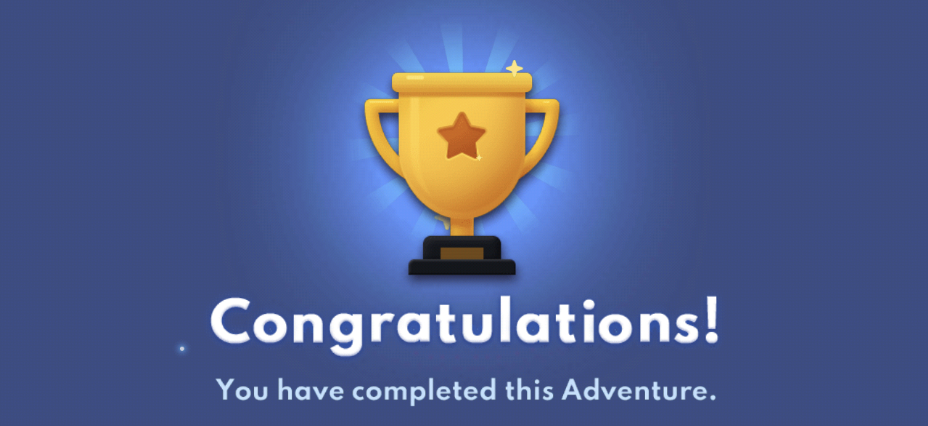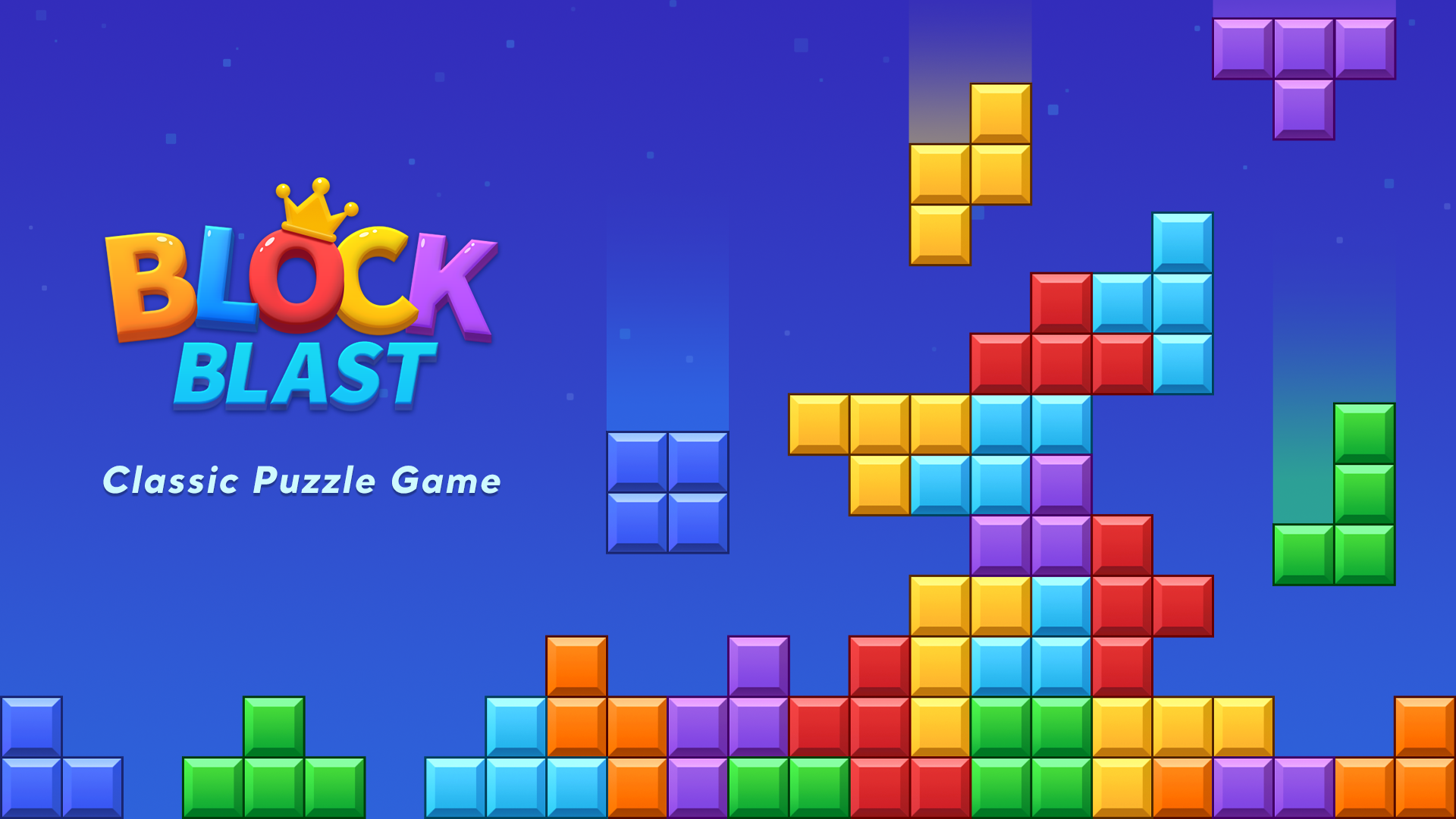Block Blast by Hungry Studio is a block puzzle game that has dominated the free charts since 2023. The game thrives on ad-based monetization, generating revenue for its creators. But are there untapped opportunities for greater earnings?
We asked Michael Khripin, Product Owner at Balancy, to analyze the game and suggest potential improvements. His insights are in the article below.

Data about downloads and IAP revenue of Block Blast! in AppMagic (March 2025). Note that the platform doesn’t provide ad revenue data.
Monetization overview
Block Blast is currently relying entirely on ad monetization. The game features:
- Static banners at the bottom of the screen.
- Interstitial ads after every level—short and skippable.
- Rewarded video ads only for reviving after losing. These ads are longer, ensuring higher CPMs due to player motivation. However, revival is allowed only once per game session.
💡A note from Michael: Based on my playing experience, it would be great to have the “Undo” option, given for rewarded video as well, so the player could fix a mistaken move.
Notably, there are no in-app purchases (IAPs):
- No game shop and special offers.
- No resources like energy or lives. Players can play as long as they want – game sessions are not limited.
- No ‘No Ads’ purchase option.
From a player’s perspective, the lack of a ‘No Ads’ option may be frustrating. However, from a developer’s standpoint, implementing a ‘No Ads’ purchase might reduce revenue if players watching ads over time generate more income than a one-time purchase. The only way to make this work profitably would be to set a high price, which could deter buyers.
Engagement & retention mechanics
- Unlimited game sessions: Unlimited gameplay means users can engage indefinitely, reinforcing ad views but potentially reducing urgency or retention-driving mechanics.
- Win-streak mechanic: The game calculates win-streaks, but only to show the counter on the screen. There are no rewards for any milestones or penalties for losing a streak.
In addition, losing multiple times activates a ‘God Mode’ that drops ideal pieces, ensuring progression but diminishing challenge. This mechanic may cater well to the casual audience but removes competitive motivation.
💡A note from Michael: It creates a wow effect, but ultimately diminishes the fact that these multiple games were actually lost. In the end, it just doesn’t matter if a player loses or wins; they just keep playing over and over, watching ads after every attempt. It’s meditative, but not challenging at all. Note: this might be a result of deeply knowing their audience and their needs. Why do they actually play the game? Maybe not for a challenge at all. - Social proof after winning hard levels: After winning a hard level, the game displays a percentage showing how many players have been surpassed. Whether this percentage is real or not, but it provides a rewarding psychological boost.

- Review manipulation: After a few levels, developers ask to give stars for review, at first showing a custom popup to filter out bad reviews and propose to leave a review in the actual App Store only for a good one. This tactic helps to manipulate the rating on the app page, making it higher than it might be otherwise. That’s a good one!
- Push notifications: The game asks for notification permissions but does not appear to send any reminders, missing an opportunity for re-engagement.
LiveOps & content strategy
The only feature that reminds us of LiveOps in the game is the Adventure mode, available for seven days. It involves completing 96 levels to reveal a pixelated image, one pixel at a time. However, there is no promised reward and no collection system to store past images, making it a missed opportunity for long-term engagement.

💡A note from Michael: Collectors are a specific player type, and the game does not cater to them. Introducing a reward system or a gallery to store unlocked images could enhance retention. But maybe this metric is already good enough.
Opportunities for improvement
To sum up, here are the key opportunities we identified for Block Blast. They are not drastic changes that require reworking the in-game economy and whole LiveOps strategy, but small steps that can be made in a couple of iterations to polish all the strengths of the game that it already has.
- Add an ‘Undo’ option – Offer an ‘Undo’ move via rewarded video ads, similar to the revival mechanic. This would create an additional monetization opportunity.
- Implement a ‘No Ads’ IAP strategically – If added, this option should be priced high enough to compensate for lost ad revenue.
- Enhance win-streak rewards – Providing small bonuses for streak milestones would encourage engagement and incentivize longer sessions.
- Optimize notifications – Sending strategic reminders could improve daily retention and re-engagement.
- Expand the Adventure mode – Introduce rewards and a collection gallery for completed challenges to cater to players who enjoy progression tracking.
Final words about the importance of A/B testing
At the end of this article, we would like to highlight that Block Blast’s developers have demonstrated a strong commitment to A/B testing, having conducted over 3,000 experiments with a 3% success rate. This data-driven approach ensures that game decisions are backed by proven results. Without knowing the results of those tests, all our theories and propositions made above remain our humble opinion.
Additionally, if you’re looking for a seamless way to implement A/B testing in your game, Balancy offers the most efficient solution. With just a few clicks, you can test game balance, gameplay mechanics, special offers, and events, analyze results in real-time, and make updates directly from the admin panel without needing an app release.
